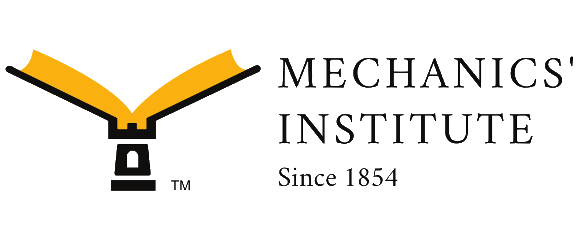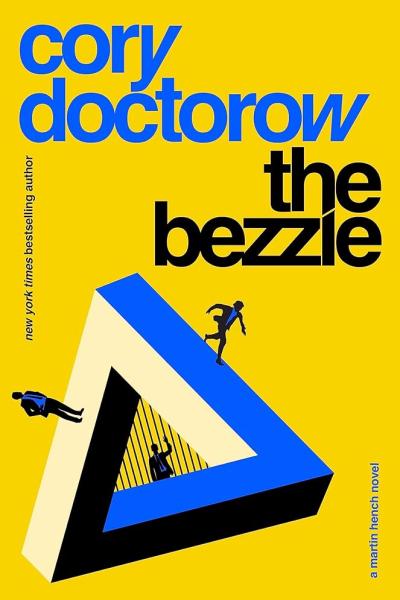
CinemaLit regular Virginia (“Ginny”) Matthews began her modern dance career at Sarah Lawrence College and trained at the Merce Cunningham Studio in New York. A founding member of the Margaret Jenkins Dance Company in the 1970s, the recipient of a National Endowment for the Arts award in choreography, and the director of Downtown Dance/Art Space in her hometown of Sebastopol, she currently teaches dance and Pilates mat classes and performs with SoCo Dance Theater. This week, we asked Matthews to share her thoughts on dance, aging, and what, to her, makes a really good read.
Last year, you presented a retrospective of your solo works from 1975 to the present that you called “Approaching 70—50 Years of a Life in Dance.” What was it like to put yourself out there as “approaching 70”?
I tend to be overambitious. But even I realized I could not do a 60-minute solo show at my age. But I have some wonderful archival film from my fiftieth birthday concert. So I did some live solos and presented some as film, adding narrative to reveal the context that my choreography was coming from. And I got so much incredible feedback from both younger and older people. That was a real validation that people are interested in seeing what the possibilities of aging can be. Even if they’re not going to dance until they’re 70, there’s still that possibility. And that someone who has lived almost 70 years still has something to share in this art form of dance.
What’s different for you about dancing now than when you were younger?
I’ve found—not just in dance—that there is compensation. There may be less physical energy but there is a lot more wisdom on how to use that energy efficiently. There’s a sense at this point that this is what I love to do, and I want to do it as long as I can and as long as people are responding.
I understand that you believe strongly in not isolating one generation from another. Can you say more?
Right now in Modern Dance for the Returning Dancer [online at ODC in San Francisco], mostly I’m teaching elders. But my whole career I have taught all ages, from 3 to 70. I would often teach the same basic movements to all of them, and twice a year all the classes would perform together. I even had a multigenerational dance company here in Sebastopol. I would love to keep breaking those generational divides. I hate it that we’re ghettoizing.
What advice do you have for people who want to stay active as they age? Or for people who want to start being active as they age? Is there hope?
Yes, definitely. There are so many wonderful mind-body exercise systems. A very good example is yoga. People in their 60s who start a Pilates exercise system, I have seen them really increase strength and stability. I also teach Chair Pilates for those who can’t get on the floor. I haven’t seen a lot of improvement there, but I haven’t seen deterioration. In your 80s, that’s a good thing!
You’re ordained in the Rinzai Zen Buddhist lineage. Can you explain what that means?
It’s a commitment to the bodhisattva vow to be of service, a greater step into service. The training usually takes six years but because I had three children and a husband and a career, it took me 20 years to fully train!
And how does your Zen practice affect your practice of dance? Of aging?
I have never been seriously injured in the 50 years of my dance career. I credit that not only to training and physicality, but to meditation.
As for age, so much of what youth and middle age is about is creating and reinforcing ego structure. As we age, we deconstruct that. Spiritual practice is a great path to aging and to the things that peripherally haunt you in your 20s and 30s, like sickness and death, but are front and center in your 70s and 80s.
You have been involved with MI for a long time, is that right?
I’ve been attending CinemaLit since my friend Matt Kennedy started as host, in January this year. But when I lived in San Francisco from the early ’70s to the mid-’80s, my husband (who plays chess) and I both belonged. After my first son was born, my favorite thing was to get on the bus and go to the library with him. There was the wonderful ladies room, where I could nurse him in comfort and privacy. To me, that alone was worth the price of the membership.
What do you like to read?
My husband and I are revisiting writers like Dickens and Trollope and Wilkie Collins. But my immersion in feminism in the ’70s made me realize that during my whole education, I had been reading books by men. So for ten years, I only read books by women. Gertrude Stein was a complete revelation. Her jazz rhythm—I made a solo dance to that, to her speaking.
Also, I’m passionate about 19th-century literature, and MI would have an out-of-print 1890 book that you wouldn’t find anywhere else. I remember that MI turned me on to a late 19th-century female writer, Flora MacDonald [Mayor]. There’s actually a BBC series of her work. I read—and this is still part of my reading—Elizabeth Gaskell, George Eliot, Jane Austen, the Brönte sisters, Virginia Woolf.
Anything else you would like people reading this interview to know?
I will often say to people that one needs some sort of stress reduction practice. Modern culture is so stressful, the pace of it, the fact that there’s so much emphasis on fear and anxiety. The media love to turn the fear button up. For physical and psychological health, one needs a practice to counteract that. Yoga, being out in nature, meditation practice—anything that can counterbalance what is a very stressful time. Reading can be it, too.



